|
|
|

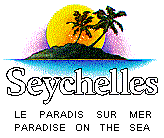
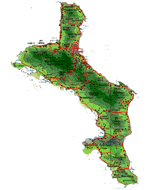
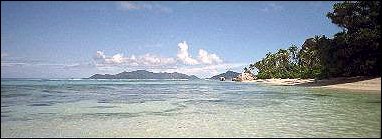 The
largest of the islands, it is home to the capital, Victoria, the international
airport, the fishing and commercial ports, most of the population and most
of the hotels including two casinos. Its powdery white, idyllic beaches,
lush vegetation, plantations of coconut palms and cinnamon rise to forested
peaks with unequalled views of the neighboring islands. Surrounded by coral
reefs the clear, calm waters invite relaxation and many water sports. Although
it is the nation's economic hub, it has retained all of its natural beauty
and charm. Mahé is the most important island of the Seychelles archipelago.
This spectacular island is only 27 kilometres long but is dominated by
a mountain range that forms the backbone of the island. The highest peak,
Morne Seychellois, reaches a height of 905metres and provides a perfect
backdrop to the capital city Victoria. Mahé is the largest island
in the Seychelles archipelago 90% of the Seychelles population live on
Mahé Mahé boasts of 75 beaches Mahé is the economic
hub of the Seychelles There are several well organised walks and nature
trails Mahé has two casinos Mahé is often described as the
most spectacular of all the islands
The
largest of the islands, it is home to the capital, Victoria, the international
airport, the fishing and commercial ports, most of the population and most
of the hotels including two casinos. Its powdery white, idyllic beaches,
lush vegetation, plantations of coconut palms and cinnamon rise to forested
peaks with unequalled views of the neighboring islands. Surrounded by coral
reefs the clear, calm waters invite relaxation and many water sports. Although
it is the nation's economic hub, it has retained all of its natural beauty
and charm. Mahé is the most important island of the Seychelles archipelago.
This spectacular island is only 27 kilometres long but is dominated by
a mountain range that forms the backbone of the island. The highest peak,
Morne Seychellois, reaches a height of 905metres and provides a perfect
backdrop to the capital city Victoria. Mahé is the largest island
in the Seychelles archipelago 90% of the Seychelles population live on
Mahé Mahé boasts of 75 beaches Mahé is the economic
hub of the Seychelles There are several well organised walks and nature
trails Mahé has two casinos Mahé is often described as the
most spectacular of all the islands
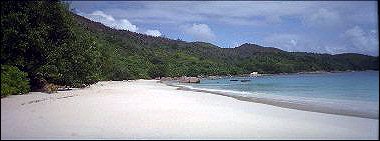
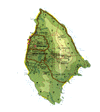

 lies 37 kilometres north east of Mahé and is accessible by boat
in two hours or by air in 15 minutes. Praslin is the second largest island.
Praslin is home to the Vallee de Mai, a World Heritage Site Anse Lazio
has consistently been voted one of the worlds best beaches. The coco de
mer nut is found in the Vallee de Mai General Gordon thought that he had
found the Original Garden of Eden when he first visited Praslin
lies 37 kilometres north east of Mahé and is accessible by boat
in two hours or by air in 15 minutes. Praslin is the second largest island.
Praslin is home to the Vallee de Mai, a World Heritage Site Anse Lazio
has consistently been voted one of the worlds best beaches. The coco de
mer nut is found in the Vallee de Mai General Gordon thought that he had
found the Original Garden of Eden when he first visited Praslin
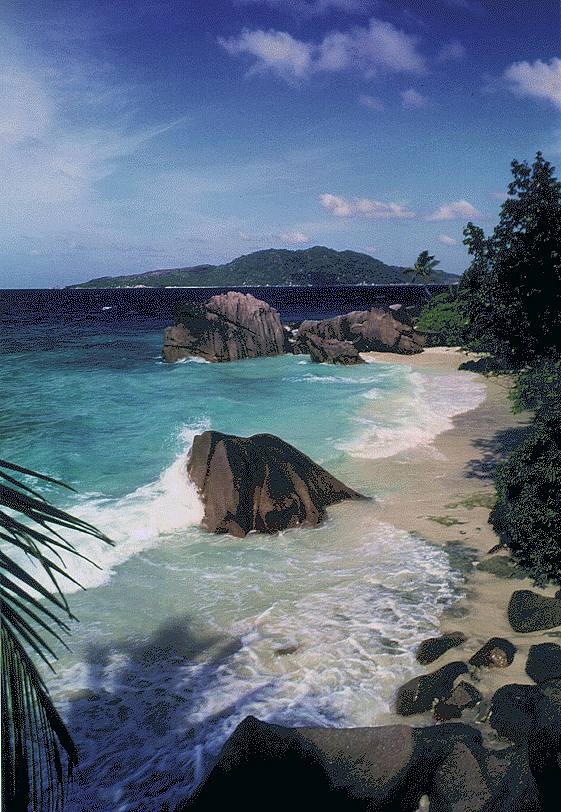
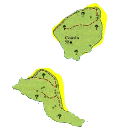
![]()
![]()
![]() we
sail to Curieuse, the island with the largest colony of giant land tortoises
near Mahé and the second largest forest of coco-de-mer palms after
Praslin
we
sail to Curieuse, the island with the largest colony of giant land tortoises
near Mahé and the second largest forest of coco-de-mer palms after
Praslin



